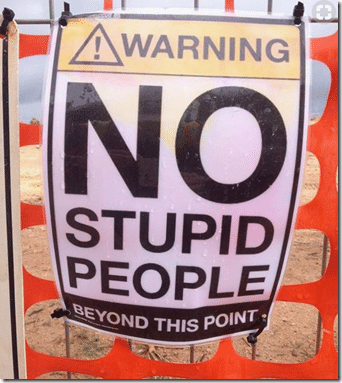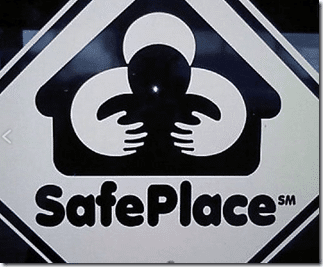Originally posted on August 19, 2017 @ 8:53 AM
What Does Your Risk and Safety Icon Say?

An icon is a form of sign, it points to something and conveys meaning in its message. Icons form a part language and speak primarily to the unconscious. The history of iconic thinking dates primarily to religious forms and significance, hence the notion of iconoclasm (literally the breaking of images). Iconoclasm is about the rejection of the importance and significance of religious icons. The history of the Protestant Reformation and the emergence of the ideology of scientific method are the background to iconoclasm. Iconoclasm is not just linked to the rise of scientific method (and modernity) but also the idea of literalism. The risk of science and the rise of literalism go hand in hand in the rejection of the significance of signs, symbols and iconography. So, one doesn’t turn to the ideology of science to understand the power of icons or their significance.
One of the best illustrations of the power of icons is the emergence of the hybrid language of emojis. The emoji is a visual language that now has its own sensibilities and significance as demonstrated by use in contemporary communication by phone and other electronic devices. To understand the significance of emojis and hybrid iconic language perhaps start here: Danesi, M., (2017) The Semiotics of Emoji, The Rise of Visual Language in the Age of the Internet. Bloomsbury, London. The grammar and significance of the emoji should not be underestimated. You can learn more about the regulation of emoji and significance of language here:
https://emojipedia.org/
https://en.wikipedia.org/wiki/Emoji
https://www.webdesignerdepot.com/2016/10/the-surprising-history-of-emojis/
Many businesses are now discovering the importance of emoji language
https://www.fastcompany.com/3061807/the-business-etiquette-guide-to-emojis
But the purpose of this blog is not to get lost down the rabbit warren of the history and significance of emojis (http://www.newworldencyclopedia.org/entry/Iconoclasm) but rather to look at the significance of signs, symbols and icons in the risk and safety industry. My point here is that iconic thinking is clearly significant and not something one learns through science. Indeed, a study of theology, metaphysics and religious history is the staring point. If safety is a response to suffering, pain and harm as Dekker rightly points out (in his latest book) then having a better sense of the religious ideologies embedded in safety would be helpful. Again, scientific ideology isn’t the place to start with understanding the theology and metaphysics of disaster and suffering.
The study of semiotics reveals a great deal about how signs, symbols and iconography communicate to the unconscious. A history of iconoclasm shows just how much value is placed upon an icon once that icon is threatened. For example, suggest to someone that their icon be removed, changed, defaced or violated and you will quickly find out its significance. Icons are often defended to the death (figuratively and literally) because they take on religious significance, no more so than in safety.

I often see in risk and safety iconography (and safety language) direct contradictions between expected message and icon. Safety and organisations often want to project the values of care and respect for persons and yet have icons that are all about objects. Some want to emphasise that they don’t want safety to be defined by counting and then chose ‘zero’ (or other objects) as their icon. Some chose all sorts of nonsensical symbolic language like ‘beyond zero’, defining themselves by what they are not, which ‘anchors’ them to the icon of zero. A casual study of any of the linguistic gymnastics associated with the ideology of zero language shows that for such organisations language is meaningless. This is why safety needs a new language (https://safetyrisk.net/speaking-a-new-language-in-safety/ ). Some even go to extraordinary lengths to say what zero is not and then leave to icon to tell the unconscious the opposite. All the spin in the world about big ideas and doing things differently mean very little if Safety is identified by objects and counting.
Often organisations want to emphasize conversation, care, trust, people, listening, learning and collaboration and yet chose witches hats, danger signs, warning signs, hard hats, gloves, glasses, vests and other elements of Personal Protective wear that say ‘safety is all about objects’.

Whilst there are many options in iconography to represent human, people-focused and communication-focused messages to the unconscious, Safety choses to say, ‘safety is about this object and by extension, the policing of this object’. Whilst countless icons of people engaged in conversation and communication are available, Safety choses an object to communicate to the unconscious about what is significant.
Of course what happens if one criticizes an iconic object is defensiveness. Object icons must be defended to justify why the non-human icon is significant for safety. Such defensiveness further demonstrates the religious attachment to the icon as object and identity. History shows that religious icons are rarely discarded, their power and significance cannot be underestimated.



Do you have any thoughts? Please share them below